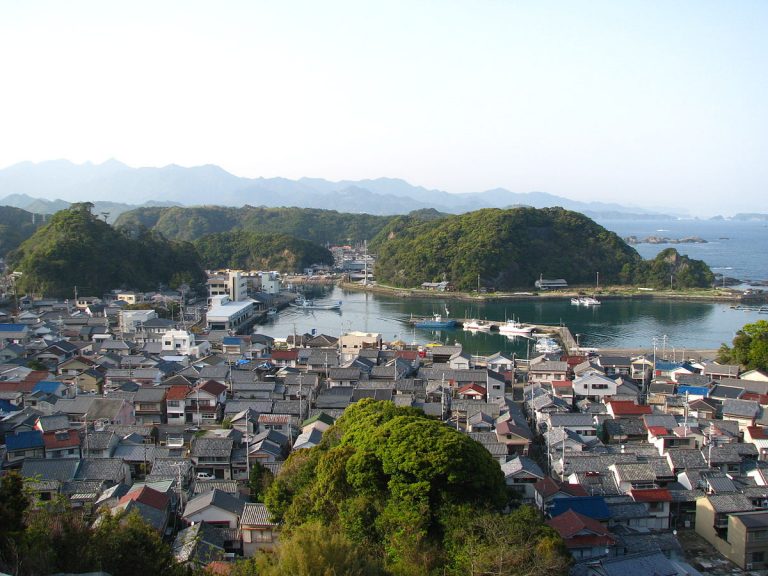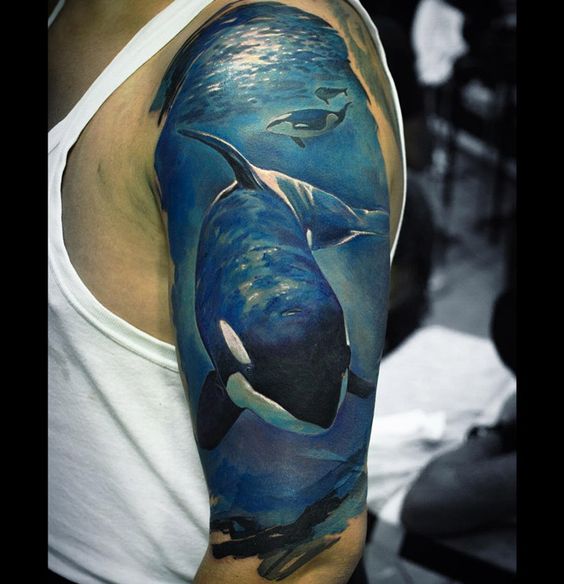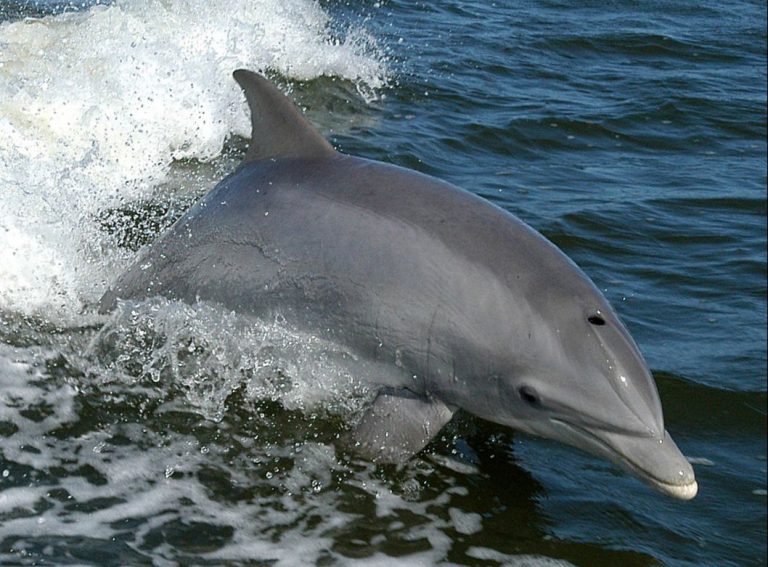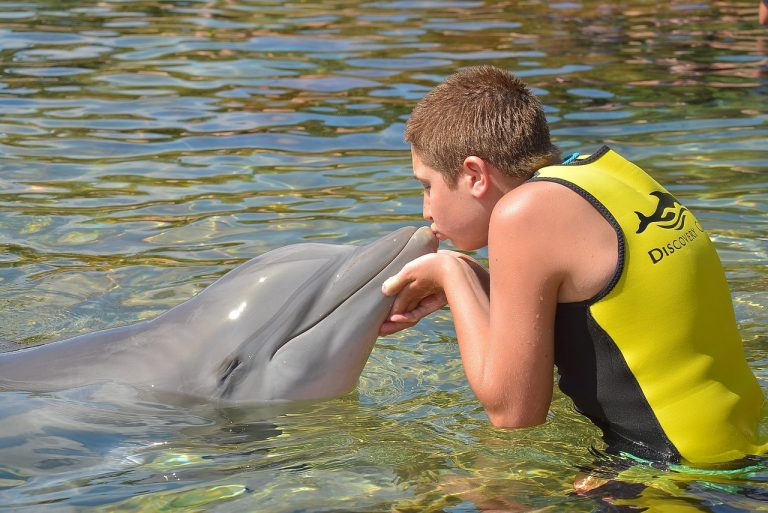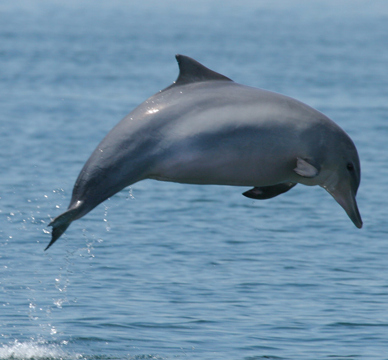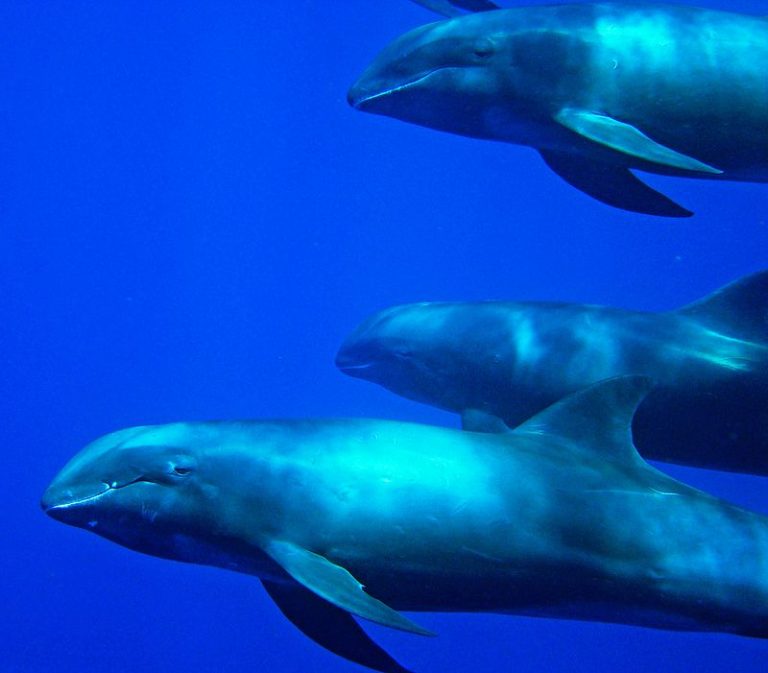10 Cruel Facts About The Dolphin Captivity Industry
Here are some facts, and a video extract, of pretty much what really happens to keep the Dolphin Captivity Industry going.
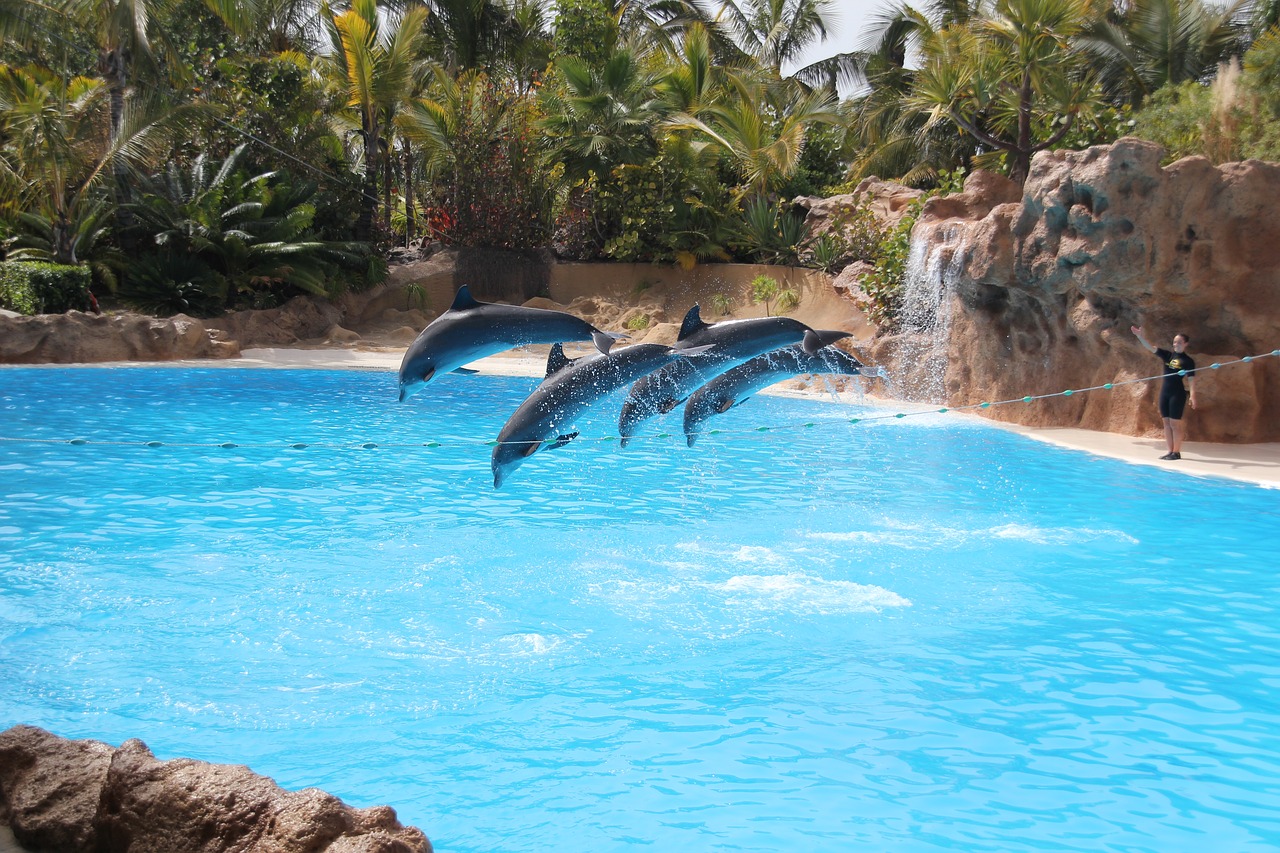
There’s been a lot of argument about the dolphin captivity industry: some for and some against it. How do you separate the facts from the hype?
Are those against dolphin captivity just being sensational and trying to whip up sentiments or are their objections and fears genuine.
What about the dolphin captors themselves? Do they actually have the best interests of these sea mammals at heart and are these creatures as “happy” as they want you to think?
Below are 10 facts you’re probably not aware of about dolphin captivity and entertainment:
1) Dolphin Captivity Has Been Going On For Centuries Now.
Marine mammal captivity started way back in the 18th century: specifically, around 1860. At that time, various European and American companies were paying large sums of money to have beluga whales and dolphins captured and shipped to their establishments.
The first US concern to operate such a business was Marineland (Marine Studios) in Florida. The dolphinarium opened in 1938 and they hold the record for the first bottlenose dolphin born in captivity.
You can imagine how many of these creatures have been captured till date. The actual figures would be mindboggling!
2) Public Interest And Curiosity Fanned The Growth Of Dolphin Captivity And Entertainment.
Dolphin watching, especially orcas gradually became the next source of entertainment for hungry crowds and the businesses were not to be outdone.
By the 19th century, wild orcas in particular were being captured by whatever means necessary to satisfy the curiosity of the public.
Whalers and hunters went after them in high-speed boats, sometimes pursuing them for hours at a time. In addition, there was little to no regulation to save or in any way protect these creatures.
3) The Dolphin Capture Process Is Relentless And Violent.
We know for a fact that dolphins generally are some of the fastest creatures in the waters. For instance, orcas can move at 13 km/h (8 m/h) when at leisure but they can reach up to 45 km/h (28 m/h) for short bursts of time.
What hunters do is to chase them using high-speed boats and large nets. They force the orca(s) to keep up with this terrible and unnatural speed for long periods of time till the animal is tired and thoroughly traumatized.
Thereafter, the orca is violently forced to submit to the waiting nets and hauled out of the water.
Another particularly brutal practice is the Taiji dolphin drives. Fishermen use high-speed boats to surround and herd entire pods of dolphins into a secluded area. They then select the better looking specimens for live capture and captivity. The rest of the pod is then slaughtered for meat.
The dolphins are stabbed multiple times, cut deeply and left to struggle and bleed for almost half an hour before they die!
Consider this: In the period between 1970 and 1971, hunters captured ten orcas from the Puget Sound off the coast of Washington State. Five of them went to SeaWorld, while the others were shipped off to international dolphinariums and marine entertainment centers. Nine of the original ten later died prematurely in captivity.
4) Japanese Drive Hunts Remain The Single Largest Dolphin Slaughter Endeavor Worldwide.
A drive hunt is the same as a dolphin drive. This happens when dolphins and small whales are corralled into a cove area to be killed or selected for sale to marine parks/aquariums.
Japanese drive hunts account for the largest numbers of single slaughter of whales and dolphins at a time. No other country comes close in sheer numbers of animals killed.
These experienced fishermen use hand-held harpoon hunts and extensive pursuit in fast boat to herd and then kill the dolphins.
Many dolphins don’t make it alive after the exhausting pursuit they have to endure.
5) Dolphin Hunters Are Making A Killing Financially Too!
Apart from physically killing the dolphins whether intentionally or unintentionally, dolphin hunting is a profitable business for these people. Dolphin hunters can expect to earn anywhere from $25,000 USD to as much as $300,000 USD for live bottlenose dolphins.
Dolphin meat is also sold in many Japanese stores.
Below is an extract from a 2009 documentary called The Cove. It highlights the brutality of dolphin hunting in Japan and what happens to the rest of the pod after the “prettier” and younger dolphins are separated for sale to marine parks.
This documentary went on to win many international awards including the Academy Award for Best Documentary Feature (2010).
In Taiji, live bottlenose dolphins have been sold for as much as $300,000 each. – Rick O’Barry (The Cove star and Founder of Rick O’Barry’s Dolphin Project).
6) Too Many Loopholes And Lack Of Will In Regulation Allows Marine Mammal Capture To Continue.
In the mid-1970s, public resistance to the dolphin captivity industry gained momentum as more people became aware of the horrendous journey the cetaceans have to go through for human entertainment.
Consequently, the Marine Mammal Protection Act of 1972 was the first legislation passed to protect both wild and captive dolphins but loopholes in the terminologies allowed people to still import and breed wild sea mammals.
Another example is the Convention on International Trade in Endangered Species (CITES) which regulates the trade of cetaceans such as orcas and dolphins. Unfortunately, these animals are not unanimously classified as Endangered so individual countries may still permit the importation and captivity of dolphins within their territory.
7) Many Dolphins Do Not Survive The Journey To Their Concrete Fish Bowls.
After the younger and better looking dolphins are separated from the rest of their pod, the fishermen prepare them for transportation to their various concrete homes worldwide.
But many of them will not make there alive. Some die of shock, some from trauma and injuries before they make it to waiting transport.
Remember that these highly social and playful creatures have just been abruptly plucked out of their pods. Imagine the shock of suddenly being pulled into the air with no water to cushion their delicate skin.
The dolphins immediately begin to struggle to breathe and their transporters must apply water and lotion on their bodies at intervals to avoid the skin drying out.
To avoid serious injury and especially if they are travelling very far, some movers will bind them. They must remain like this: unable to move for hours till they arrive at their destination.
8) There Is No Evidence To Back The Reasons Given For Continued Dolphin Captivity.
Large marine parks like SeaWorld continue to defend their reasons for practicing dolphin captivity. They’ll tell you that the animals are better off in captivity than in the wild. They also say that keeping them is for educational purposes.
However, there is no proof that keeping these animals and training them to undergo unnatural and exaggerated tricks is aiding scientific research and education.
SeaWorld, and other marine parks, are quick to refute any claims that their animals are stressed (despite evidence of unnatural behaviors and acts of aggression) by arguing that their animals reproduce, and in order for this to happen, their level of stress must be minimal.
Although marine parks have had very successful breeding programs since the 1940s, artificial insemination is commonly used. This, we are sure, is far from a natural behavior.
9) They Exhibit Several Symptoms Of Stress While In Captivity.
Captive whales and dolphins will attack each other, self-mutilate, break their own teeth trying to escape their cages, and engage in repetitive swimming patterns for hours due to boredom and stress.
They are prone to diseases that do not normally affect their wild counterparts as much. In fact, most if not all these dolphins are on daily medication to survive.
But worst of all, some of them have killed their human trainers and keepers.
The case of SeaWorld trainer Dawn Brancheau comes to mind. She was a senior animal trainer at SeaWorld until she was killed by the orca, Tilikum in 2010. The autopsy report stated that she died from drowning and blunt-force trauma including a severed spinal cord.
Interestingly, orcas in the wild have never killed a human. There’s only one documented report of an orca injuring a human.
10) Despite All The Damning Evidence, Dolphin Captivity Is Still Legal In Many Countries.
Though it’s now illegal to import wild caught dolphins in the USA and a number of other countries, the industry still thrives in many other nations.
The International Whaling Commission (IWC) banned whale hunting in 1986 but dolphin hunting is still legal. And, despite all the damning evidence, at least 3,000 whales and dolphins are still held in aquariums, dolphinariums, marine parks, and zoos worldwide.
The Japanese drive hunts account for the death of almost 20,000 dolphins, porpoises and small whales annually.
What Can You Do To Help?
- Offer your support to organizations working hard to raise awareness about the cruelty of whale and dolphin captivity.
- Help to convince the authorities wherever you live that dolphin captivity is simply wrong.
- Do not spend your money at dolphinariums and marine parks that exhibit dolphins.
- You can enable us to educate the public and help create sanctuaries for ex-captive whales and dolphins.
Dolphin captivity must end, but the hope of achieving that lies with all of us not just one person or group of individuals.

